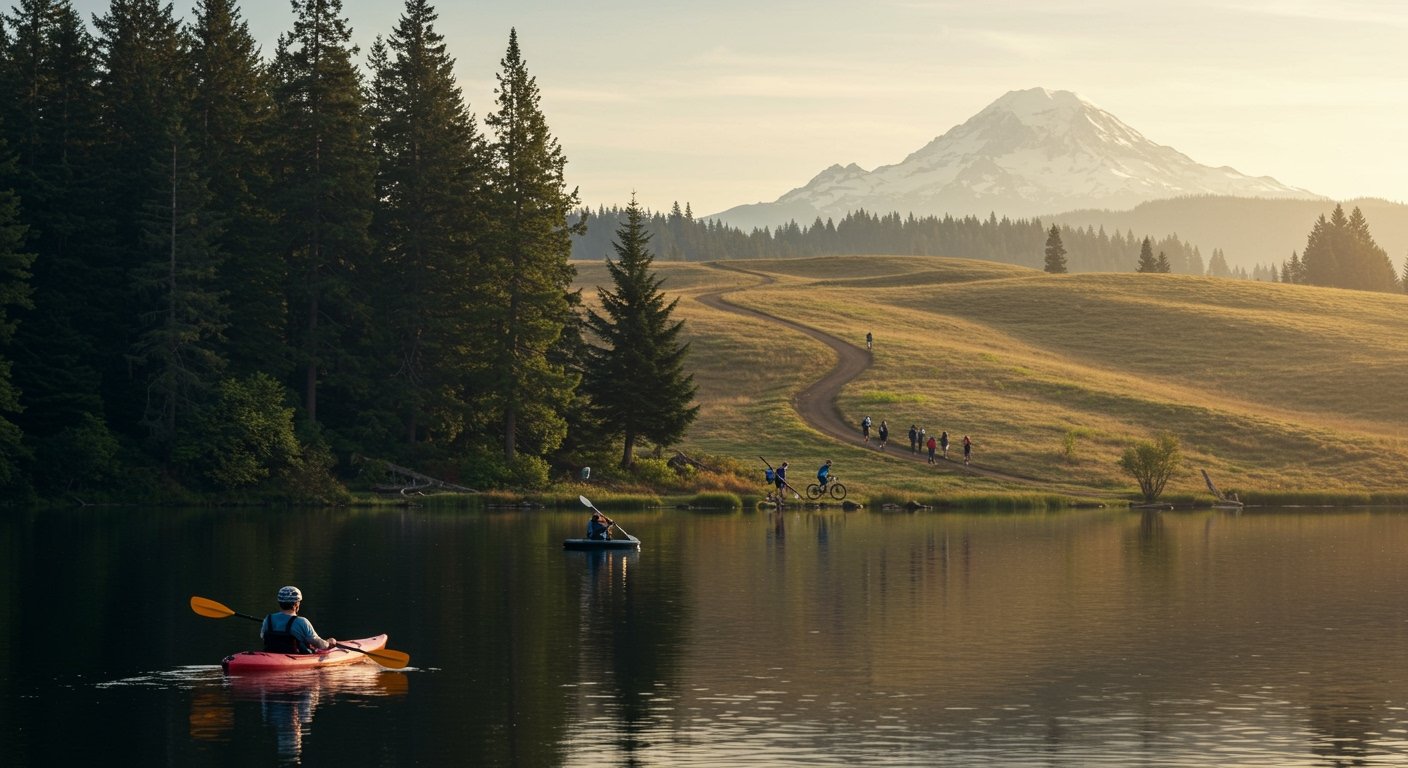PORTLAND, OR – The Oregon Tourism Commission, operating under the name Travel Oregon, has announced the award of approximately $6.2 million in grants aimed at strategically enhancing the state’s tourism landscape. The funding, distributed through the organization’s 2024-25 Competitive Grants Program, will support a diverse portfolio of 65 projects spanning all seven of Oregon’s tourism regions.
The significant investment is designed to foster enriching visitor experiences while critically addressing issues of access and inclusion for historically and currently underserved communities. Eligible recipients for this substantial funding include local governments, port districts, federally recognized Tribes, and non-profit entities, reflecting a broad approach to statewide tourism development.
Strategic Investment in Visitor Experience and Inclusion
The funded initiatives encompass a wide range of developments, from building adaptive trails that improve physical access to launching inclusive outdoor activities and supporting cultural heritage programming. These projects are intended to not only showcase Oregon’s natural beauty and cultural richness but also ensure that these assets are accessible and welcoming to everyone.
Todd Davidson, CEO of Travel Oregon, underscored the strategic intent behind the grants. “These grants build upon existing travel experiences by intentionally removing barriers to ensure the state is welcoming to all,” Davidson stated. He highlighted the program’s specific focus on increasing access and inclusiveness, noting its efforts to address mobility challenges and celebrate the inherent diversity of people and communities across Oregon.
Key Projects Highlighting Program Goals
The 65 projects selected for funding represent a variety of innovative approaches to tourism enhancement and accessibility. Several examples illustrate the program’s reach and impact:
* Dirty Freehub received $60,000 to develop and promote accessible gravel cycling guides. This initiative aims to open up Oregon’s extensive network of gravel routes to cyclists of varying abilities and needs.
* The Oregon Remembrance Project was awarded $141,500 for its “Sunshine Trips.” These trips are designed to connect Black visitors with communities that have historically been unwelcoming, using travel as a tool for reconciliation and education.
* A collaborative project with the Confederated Tribes of Warm Springs at Kah-Nee-Ta Hot Springs Resort received $145,900 to support the construction of a glass Teepee. This project aims to blend cultural authenticity with modern design, offering a unique visitor accommodation experience grounded in Indigenous heritage.
* Oregon Adaptive Sports was granted $60,000 to expand its adaptive paddling programs in Central Oregon. This funding will help provide specialized equipment and instruction, making water-based recreation accessible to individuals with physical disabilities.
These examples, along with the other 61 funded projects, demonstrate Travel Oregon’s commitment to diversifying the types of travel experiences available and ensuring that infrastructure and programming are inclusive and welcoming.
Geographic Spread and Economic Context
Projects were selected from applications across all seven of Oregon’s tourism regions, ensuring a broad geographic distribution of the funding and its potential benefits. This statewide approach aims to strengthen tourism economies in diverse locations, from coastal communities to mountain towns and high desert areas.
The tourism industry plays a vital role in Oregon’s economy. According to recent data, the sector contributes $14.3 billion annually and supports over 121,000 jobs across the state. The investment through the Competitive Grants Program is expected to further bolster this significant economic engine by enhancing infrastructure, promoting new experiences, and attracting a wider range of visitors.
By focusing on both enhancing the quality of visitor experiences and actively working to remove barriers to travel, Travel Oregon’s $6.2 million grant distribution underscores a strategic vision for a more accessible, inclusive, and resilient tourism future for the state. The successful implementation of these 65 projects is anticipated to yield tangible benefits for both visitors and Oregon communities.




